As a BetterHelp affiliate, we receive compensation from BetterHelp if you purchase products or services through the links provided
Animal-assisted therapy has gained popularity across various age groups and medical conditions in recent years. One type of animal-assisted therapy that has captured significant attention is goat therapy. This unique form of therapy involves interactions between individuals and goats, providing numerous physical and emotional benefits.
Goat therapy was initially popularized through “goat yoga,” where participants practice yoga surrounded by goats. While this recreational activity has taken the internet by storm, the science behind goat therapy goes beyond merely providing fun animal encounters. Studies have demonstrated that interacting with goats can reduce stress levels, improve mood, and enhance overall well-being.
However, one must recognize that goat therapy is not just about frolicking with these animals; it requires understanding the essential aspects of goat care and adhering to regulations and legalities associated with this form of therapy. As the practice grows in recognition, further research will solidify its grounding and undoubtedly shed light on more benefits and applications.
Key Takeaways
- Goat therapy provides various physical and emotional benefits through interaction with goats.
- Interacting with goats can lead to reduced stress levels and improved well-being.
- The practice of goat therapy requires proper goat care, adherence to regulations, and a deep understanding of its applications.
 Understanding Goat Therapy
Understanding Goat Therapy
Goat therapy, often referred to as animal-assisted therapy involving therapy goats, is a form of therapy that integrates the calming presence of goats into a therapeutic and educational setting. It has been gaining popularity due to the gentle nature of goats and their therapeutic effect in various contexts.
Animal therapy has long been known to help individuals’ mental and physical well-being. Similarly, goat therapy provides a unique and enjoyable experience for many needs, from stress relief to special needs education. The presence of therapy goats creates a relaxing environment promoting positive emotions, aiding healing and personal growth.
These therapy goats are specifically trained to be gentle, patient, and amicable with individuals receiving therapy. They have been proven effective in ages from young children to seniors. Animal-assisted therapy can be found in various settings, including hospitals, schools, rehabilitation centers, and nursing homes.
Incorporating therapy goats into a session can lead to an increase in engagement and motivation for participants. It is believed that their presence may help reduce anxiety, lower blood pressure, and stimulate hormone production related to happiness and relaxation.
Some of the key benefits of goat therapy include:
- Stress relief: The interaction with therapy goats is proven to release feel-good hormones like oxytocin while reducing cortisol, the stress hormone.
- Social skills improvement: Goat therapy encourages communication and social interaction, which can benefit children with autism or patients with anxiety or depression.
- Physical rehabilitation: Incorporating the presence of therapy goats in physical rehabilitation can motivate patients to participate, thus helping improve motor skills, balance, and coordination.
Animal-assisted therapy, including goat therapy, is a valuable tool for enhancing the overall well-being of individuals. Their presence fosters a positive environment, making therapy sessions enjoyable, nurturing, and healing.
 Science Behind Goat Therapy
Science Behind Goat Therapy
Goat therapy has gained considerable attention recently for its potential benefits in promoting mental and physical health. The interactions between humans and goats have demonstrated various positive effects, such as reducing stress levels, increasing happiness, and providing companionship.
One primary aspect of goat therapy’s effectiveness is its ability to modulate stress-associated hormones and neurotransmitters. Engaging with a goat leads to the release of oxytocin, a hormone known for promoting social bonding, trust, and relaxation. Additionally, the interaction also decreases cortisol levels, which are commonly associated with stress. This duality of oxytocin release and cortisol reduction contributes to the overall calming effect experienced during goat therapy sessions.
Another factor in the science behind goat therapy is its potential cardiovascular benefits. Studies have indicated that interacting with animals can lower blood pressure. Reducing blood pressure is associated with decreased risk of heart disease and other circulation-related problems.
Neurotransmitters like dopamine also play a role in the therapeutic effects of goat therapy. Dopamine regulates mood, motivation, and pleasure, and its release during goat therapy can give a feeling of happiness and well-being. The non-judgmental nature of animals and the comforting aspect of physical touch and companionship can contribute to releasing these feel-good chemicals.
In summary, goat therapy’s potential benefits are underpinned by the combination of hormonal and neurotransmitter changes that occur during human-animal interactions. These changes include an increase in oxytocin and dopamine and a decrease in cortisol levels and blood pressure – all markers of improved mental and physical health.
 The Role of Goats in Therapy
The Role of Goats in Therapy
Goats, specifically Nubians and Nigerian Dwarf goats, have become increasingly popular in therapy due to their calming presence and gentle nature. These caprines, known for their small size and friendly disposition, help provide comfort and support to people experiencing physical, mental, or emotional challenges.
Therapy goats can be of any age, from young kids to older, experienced animals. They are typically chosen based on their temperament and ability to remain calm and handle diverse situations. Their size, horns, and breed will vary depending on the specific therapy needs and environment.
Nubian Goats are a large, social breed known for their long ears and distinct Roman noses. They are a favorite among therapy goat handlers due to their affectionate nature and easygoing personalities. Compared to other caprine breeds, the larger size of Nubian goats can be advantageous in therapeutic settings, as they may be more visible and accessible to clients, making the therapeutic process smoother.
Nigerian Dwarf Goats are a smaller breed with a compact frame and short stature. They are particularly well-suited for therapy sessions involving young children or individuals with mobility issues, as their small size can mitigate any potential intimidation while still providing the necessary support. Additionally, Nigerian Dwarf goats exhibit a high level of intelligence and sociability.
Both breeds can serve in therapy sessions that cater to diverse populations, such as those seeking relief from stress, anxiety, or depression and those with developmental disorders, chronic illnesses, or trauma. The interaction with goats can help promote relaxation, encourage communication, and even facilitate the development of motor skills and cognitive abilities in individuals with special needs.
Goat therapy occurs in various settings, such as schools, hospitals, or dedicated therapy farms. The animals’ gentle nature allows participants to engage and bond with them freely, fostering a sense of safety and trust. Experience has shown that these caprines in therapy sessions has enhanced the overall experience and improved the well-being of those involved.
Benefits of Goat Therapy
Goat therapy, known as caprine therapy, has recently gained popularity due to its valuable health and well-being benefits. Goats’ gentle and affectionate nature provides comfort and joy, helping to alleviate stress and anxiety.
Research has shown that interacting with animals can positively impact mental health. Goat therapy has rapidly gained recognition for effectively supporting individuals who suffer from depression and other mental disorders. The presence of goats promotes feelings of happiness, and their non-judgmental, loving behavior fosters a sense of belonging and acceptance.
For those living with autism, goat therapy has proven to be a particularly helpful intervention. Goats are known to be sensitive and intuitive, allowing them to form genuine connections with autistic individuals. These interactions help to improve communication skills and social behavior, while simultaneously reducing anxiety and self-doubt.
Another area where goat therapy has made a difference is treating post-traumatic stress disorder (PTSD). People suffering from PTSD can benefit from the relaxing atmosphere that goats create, which may help to alleviate symptoms associated with the disorder. The therapeutic qualities of goats can provide comfort and emotional support, often rekindling feelings of happiness and peace.
The benefits of goat therapy extend beyond emotional well-being, as these gentle creatures can also positively influence a person’s physical health. Participating in goat therapy has been found to lower blood pressure and heart rate, leading to a healthier and more relaxed state. Additionally, interaction with goats can promote good posture, as participants may engage in activities such as goat yoga.
In conclusion, goat therapy offers several advantages for mental and physical health, proving to be a valuable tool in addressing stress, anxiety, depression, PTSD, autism, and overall well-being. These animals’ neutral and loving nature creates a tranquil environment where individuals can begin to heal and thrive.
Goat Therapy Techniques
Goat therapy is an innovative approach to enhancing mental and emotional well-being through interaction with goats. Various techniques are used in this therapy, including goat yoga, mindfulness, cuddling goats, and animal reiki.
Goat yoga has become a popular trend that combines traditional yoga’s meditative benefits with goats’ calming presence. In these yoga classes, participants practice different poses and stretch with goats wandering around, occasionally climbing on the participants, which adds a playful aspect to the experience. This connection with the animals helps to reduce stress levels and increase feelings of joy and relaxation.
Mindfulness techniques are often integrated into goat therapy sessions. Being present and aware of the moment is emphasized as participants observe the goats, noticing their natural movements and behaviors. This focus on the animals can help soothe anxiety and foster a deeper connection with nature, providing a sense of peace and harmony.
Another popular goat therapy technique is cuddling goats. Snuggling up close to a goat can create a sense of comfort and security, as the goats provide warmth and calming energy. This unique, tactile experience can help decrease blood pressure and reduce stress, ultimately providing a comforting and healing experience.
Finally, animal reiki is sometimes used in conjunction with goat therapy. Reiki is a form of energy healing that involves channeling positive energy into the recipient through light touch or by placing the hands near the body. In the case of goat therapy, practitioners may gently place their hands on or near the goats, allowing the energy to flow and create a sense of calm and balance for both the animal and the person.
These are just a few examples of the many techniques employed in goat therapy. Incorporating elements of mindfulness, physical touch, and energy healing, goat therapy offers a unique and effective way to promote mental and emotional well-being.
 Participation in Goat Therapy
Participation in Goat Therapy
Participating in goat therapy is a unique and enriching experience for many individuals. It typically occurs on a farm or similar facility, where goats live and interact with visitors. Participants gain exposure to various animals, including dogs, horses, chickens, ducks, and rabbits, which may also be present on the farm.
During goat therapy sessions, individuals can engage with the goats in several ways. They may feed, groom, play with the animals, and watch them graze and interact with each other. Many participants feel relaxed and joyful as they spend quality time with these gentle creatures.
In addition to the personal benefits, goat therapy offers opportunities for socialization and community-building. Participants may interact with other animal lovers who share a common interest. This sense of camaraderie can further enhance the therapeutic benefits of the experience.
A key aspect of goat therapy is the calm and nurturing environment that the presence of these animals creates. Like other farm animals, goats have a calming influence on those around them, making the therapy setting comfortable for participants. The farm environment’s neutral tone also helps create an atmosphere of tranquility and serenity, allowing individuals to immerse themselves in the therapeutic experience fully.
Potential goat therapy participants must approach the experience with an open mind and realistic expectations. While goat therapy can be helpful and enjoyable for many, it is not a one-size-fits-all solution. Therefore, individuals should consult with a mental health professional or therapist if they have concerns about the suitability of goat therapy for their personal needs and circumstances.
 Goat Therapy and Special Needs
Goat Therapy and Special Needs
Goat therapy has been gaining popularity among individuals with special needs, including those with autism and different abilities. These therapeutic sessions offer numerous physical, emotional, and cognitive benefits for all participants.
During goat therapy, individuals with special needs interact with goats in a controlled environment. This interaction allows them to develop communication skills, boost emotional well-being, and enhance their sensory experiences. The presence of goats helps create a non-judgmental atmosphere that encourages individuals to open up and engage with the animals and their surroundings.
In compliance with the Americans with Disabilities Act, goat therapy sessions are designed to be accessible for people of all abilities. Providers ensure that facilities are accommodating and tailored to the specific needs of each participant. This includes adjusting the environment, using adaptive equipment, or modifying activities.
Goat therapy can be particularly beneficial for individuals with autism. Being around goats can help them improve social skills as they learn to read non-verbal cues and respond appropriately. Furthermore, the gentle nature of goats can be calming for those who may experience sensory sensitivities. The tactile stimulation of petting and grooming the animals can offer a sense of comfort and predictability.
Moreover, goat therapy can foster fine motor skills, coordination, and balance while leading, feeding, or grooming the goats. These physical tasks can help improve the overall physical abilities of individuals with special needs.
In summary, goat therapy is an innovative and valuable approach for individuals with special needs. By offering ADA-compliant services, it is accessible to everyone, regardless of their abilities. Through interaction with animals in a safe, nurturing environment, participants can experience gains in communication, emotional regulation, sensory processing, and motor skills.
 Using Goat Therapy for Different Age Groups
Using Goat Therapy for Different Age Groups
Goat therapy is a versatile method of promoting mental and emotional well-being suited for various age groups. From children to elderly individuals, everyone can benefit from the positive effects of interacting with these gentle creatures.
Children: Young ones can find great joy in spending time with goats, as their playful behavior and gentle nature create an engaging experience. Goat therapy teaches children empathy, compassion, and responsibility as they learn to care for the animals. Additionally, goat therapy has helped children diagnosed with autism spectrum disorder (ASD) overcome certain socializing, communication, and sensory difficulties.
Adults: Working professionals often experience high-stress levels, and engaging with goats can provide a much-needed break from the daily grind. Goat therapy has been shown to reduce anxiety, lower blood pressure, and increase overall relaxation in adults. Furthermore, spending time with goats can foster mindfulness, increase self-awareness, and help individuals maintain a work-life balance.
Elderly: For seniors, goat therapy offers numerous benefits, including alleviating feelings of isolation and loneliness. The unconditional affection and connection goats provide can help older adults cope with emotional challenges and cognitive decline. Additionally, goat therapy promotes gentle physical activity, reducing the risk of developing chronic conditions and improving overall health and longevity.
In summary, goat therapy has the potential to impact individuals across various age groups positively. Children can learn valuable life skills, adults can reduce stress and practice mindfulness, and the elderly can engage in light physical activity while addressing emotional needs. With its inclusive nature and numerous benefits, goat therapy is a valuable addition to the range of wellness-promoting practices.
Important Aspects of Goat Care in Therapy
When incorporating goats into therapy programs, several crucial aspects of their care must be considered to ensure their well-being and efficacy in the therapeutic setting.
Feeding the therapy goats is one of their most important care aspects. To maintain optimal health, goats require a balanced diet of hay, grains, and fresh vegetables. It is essential to provide fresh water and adhere to a feeding schedule tailored to their needs, considering age, size, and activity level.
Proper training is vital for therapy goats’ success in interacting with clients. Goats should be introduced to different environments, people, and situations early to develop their confidence and adaptability. Obedience training, including commands such as “come,” “stay,” “sit,” and “down,” ensures that the goats can be managed and controlled effectively during therapy sessions.
Being sociable creatures, goats thrive on companionship with humans and other animals. Therapy goats should be housed with other goats whenever possible to foster their social skills. Furthermore, regular human interaction is needed to build trust and foster a positive bond between the goats and therapy participants.
Therapy professionals should be knowledgeable in pet first aid, as it may prove useful in unexpected situations involving the goats. This includes knowing how to perform basic first aid tasks, such as cleaning and bandaging a wound, recognizing signs of common illnesses, and providing supportive care until a veterinarian can be consulted.
Lastly, understanding pet psychology is invaluable when working with therapy goats. By comprehending and responding to goats’ body language, emotions, and varying stress levels, therapy professionals can ensure positive experiences for both the goats and their clients. Recognizing signs of stress early may prevent possible accidents or negative interactions.
Addressing these important aspects of goat care in therapy will contribute significantly to the effectiveness and safety of the therapeutic experience, ultimately benefiting all participants involved.
Famous Cases of Goat Therapy
One notable example of goat therapy in action is the work of Lainey Morse, who founded the “Goat Yoga” phenomenon. Combining traditional yoga with the presence of friendly goats, Morse’s sessions have provided participants with a unique experience that fosters relaxation and a deeper connection to nature. These sessions have been held at public venues, hospitals, and even prisons, demonstrating the versatility of goat therapy in various environments.
In hospitals, goat therapy has proven beneficial for patients with various conditions, from physical ailments to mental health issues. For example, Sigmund Freud Children’s Hospital in Vienna introduced therapy goats to help pediatric patients recover and cope with stress during their hospital stay. The presence of goats allowed patients to experience positive human-animal interaction and added an element of comfort in what can be an intimidating setting.
Prison institutions have also witnessed the transformative power of goat therapy. Certain prisons have established programs where inmates can interact with goats as part of their rehabilitation process. By participating in goat therapy sessions, prisoners can develop valuable emotional and social skills, reducing their risk of reoffending upon release. Some prison programs have even incorporated animal care responsibilities, including addiction recovery support, to help inmates develop a strong work ethic and form meaningful relationships with the goats.
In all these cases, goat therapy has made a significant difference by bridging the gap between human interaction and animal companionship. This kind of therapy relieves individual participants and promotes a positive atmosphere in the communities where it is practiced.
Regulations and Legalities Related to Goat Therapy
Goat therapy, an animal-assisted therapy, has been gaining popularity worldwide. As with any therapy involving animals, certain regulations and legalities must be followed to ensure the safety and well-being of the goats and the individuals participating in the therapy.
The Americans with Disabilities Act (ADA) is a crucial piece of legislation governing service animals’ use in public settings. While it primarily concerns service animals such as dogs and miniature horses, it is essential to remember ADA guidelines when providing goat therapy to the public. These guidelines specify the rights of individuals with disabilities and their service animals, as well as the responsibilities of public establishments regarding accessibility and accommodation.
To be considered a legitimate therapy service, goat therapy providers should adhere to the following:
- Obtain necessary permits, licenses, and insurance for a goat therapy business.
- Comply with local zoning and land use requirements.
- Adhere to animal health and welfare standards, such as ensuring regular veterinary care and proper living conditions for the goats.
- Establish specific protocols for goat interaction, including supervision, hygiene, and safety measures.
For goat therapy to be accessible to all abilities, program providers must ensure facilities are wheelchair accessible, provide accommodations for individuals with sensory sensitivities, and offer support for participants who may need assistance during the therapy sessions. It is also essential for program staff and volunteers to receive training on interacting with individuals with diverse needs and abilities.
When providing goat therapy in a public setting, such as a community center or park, it is important to adhere to the following regulations:
- Obtain permission and coordinate with the local authority of the public space.
- Notify surrounding businesses and residents about the therapy sessions and address any concerns.
- Designate a clean and safe area for the therapy session, ensuring it is free from hazards.
- Have a plan for dealing with emergencies or unforeseen situations involving the goats, participants, or bystanders.
In conclusion, goat therapy providers must know and adhere to various regulations and legalities to ensure their program operates legally and ethically. By doing so, they can provide a safe, enjoyable, and therapeutic experience for individuals of all abilities.
Frequently Asked Questions
What are the benefits of goat therapy?
Goat therapy offers several benefits for physical, mental, and emotional well-being. Interacting with goats can provide a joyful and relaxing experience, helping to reduce stress and anxiety. Physically, goat therapy can improve strength, flexibility, and balance, particularly when combined with yoga.
How does goat yoga work?
Goat yoga combines traditional yoga poses and techniques with the playful interaction of goats. Goats roam freely around participants during a goat yoga session, often climbing on their backs, cuddling, or providing gentle pressure during the poses. This interaction adds a lighthearted and engaging element to the yoga practice.
What should I consider before starting a goat therapy business?
Before starting a goat therapy business, it’s essential to research the local regulations, permits, and insurance requirements. Additionally, one must consider the costs of purchasing and caring for goats and providing a suitable environment for therapy sessions. A successful goat therapy business should focus on maintaining the animals’ welfare, offering high-quality therapy experiences, and promoting the benefits to potential clients.
Where can I find therapy goats for sale?
To find therapy goats for sale, visiting reputable breeders or animal rescue centers specializing in therapy animals is recommended. These providers will prioritize the animals’ health, temperament, and suitability for therapy. Networking within the therapy goat community or seeking advice from current therapy goat owners can help identify responsible sources.
How do pygmy goats contribute to therapy?
Pygmy goats are a smaller goat breed particularly well-suited for therapy settings due to their friendly, curious, and affectionate nature. Their smaller size makes them easier to handle and less intimidating for therapy participants. Pygmy goats’ playful and engaging personalities can increase interaction and enjoyment during therapy sessions.
Can goats help with mental health issues such as depression?
While goat therapy is not a substitute for professional mental health treatment, interacting with goats can provide a complementary approach to managing mental health issues like depression. The calming, stress-relieving effects of engaging with goats can help improve mood, increase relaxation, and promote a sense of well-being. However, consulting a healthcare professional for comprehensive mental health support is crucial.
About the Author: Jacob Maslow
Embarking on a personal journey through the labyrinth of mental health, I’ve leaned on Lexapro and embraced the therapeutic process. My heart aches from the years-long custody battle and my ex’s extreme narcissism and refusal to comply with court orders, which has severed the once-close bond I shared with my children. Amidst these trials, I find solace in my daily long walks, which provide a momentary escape from reality. Through my writings on mental health and narcissism, I aim to guide others navigating similar challenges, believing that overcoming mental health hurdles is within everyone’s grasp. My legal platform also serves as a haven, assisting those struggling against partners who flout court orders and use children as pawns. As we explore goat therapy’s potential today, remember that healing can come from unexpected sources.
- Breaking the Silence: Why Men’s Mental Health Matters More Than Ever - April 15, 2025
- How to Transform a Home’s Patio Space into a Relaxing Space - March 23, 2025
- 5 Strategies to Use a Cell Phone to Help Manage Your Stress - March 23, 2025
This site contains affiliate links to products. We will receive a commission for purchases made through these links.


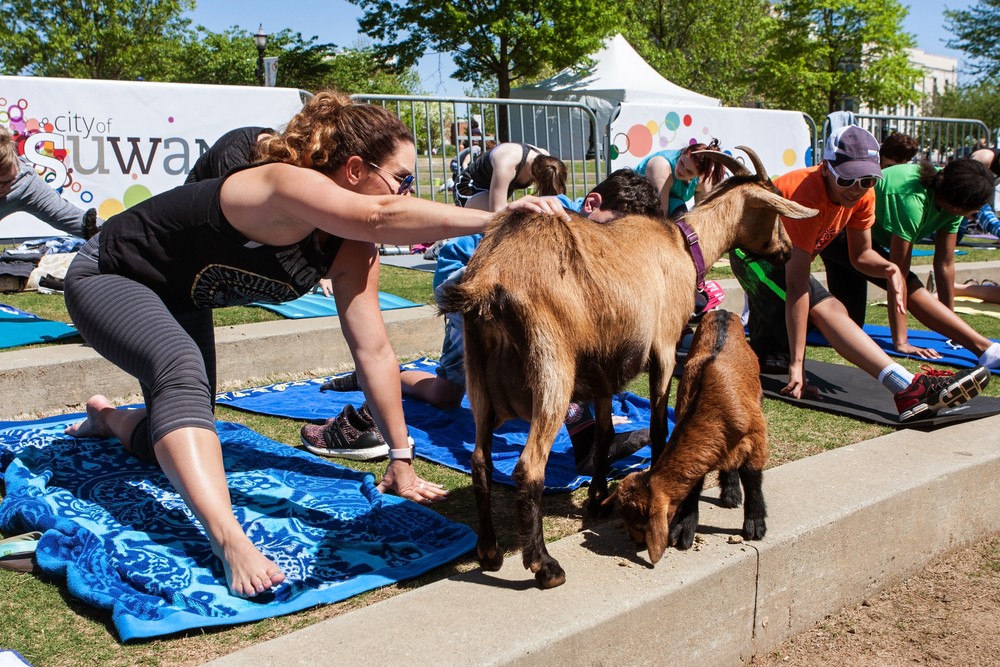 Understanding Goat Therapy
Understanding Goat Therapy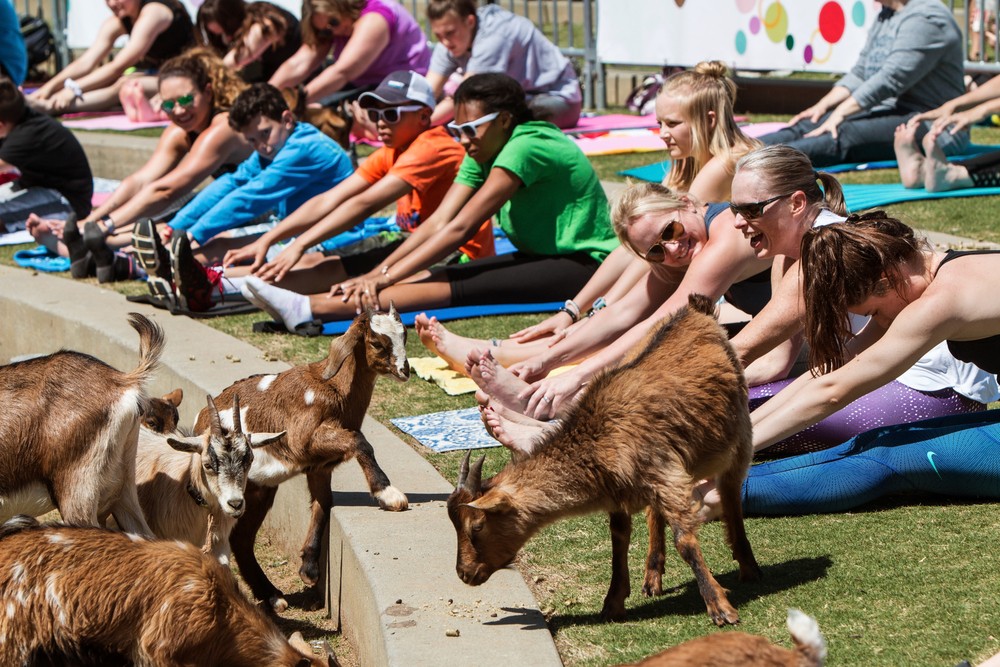 Science Behind Goat Therapy
Science Behind Goat Therapy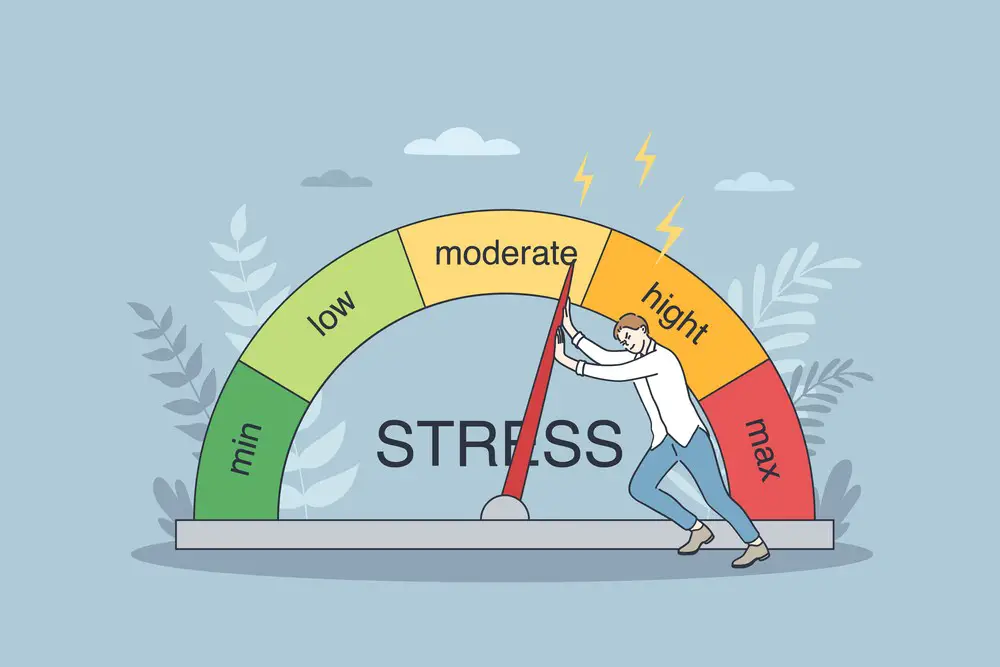 The Role of Goats in Therapy
The Role of Goats in Therapy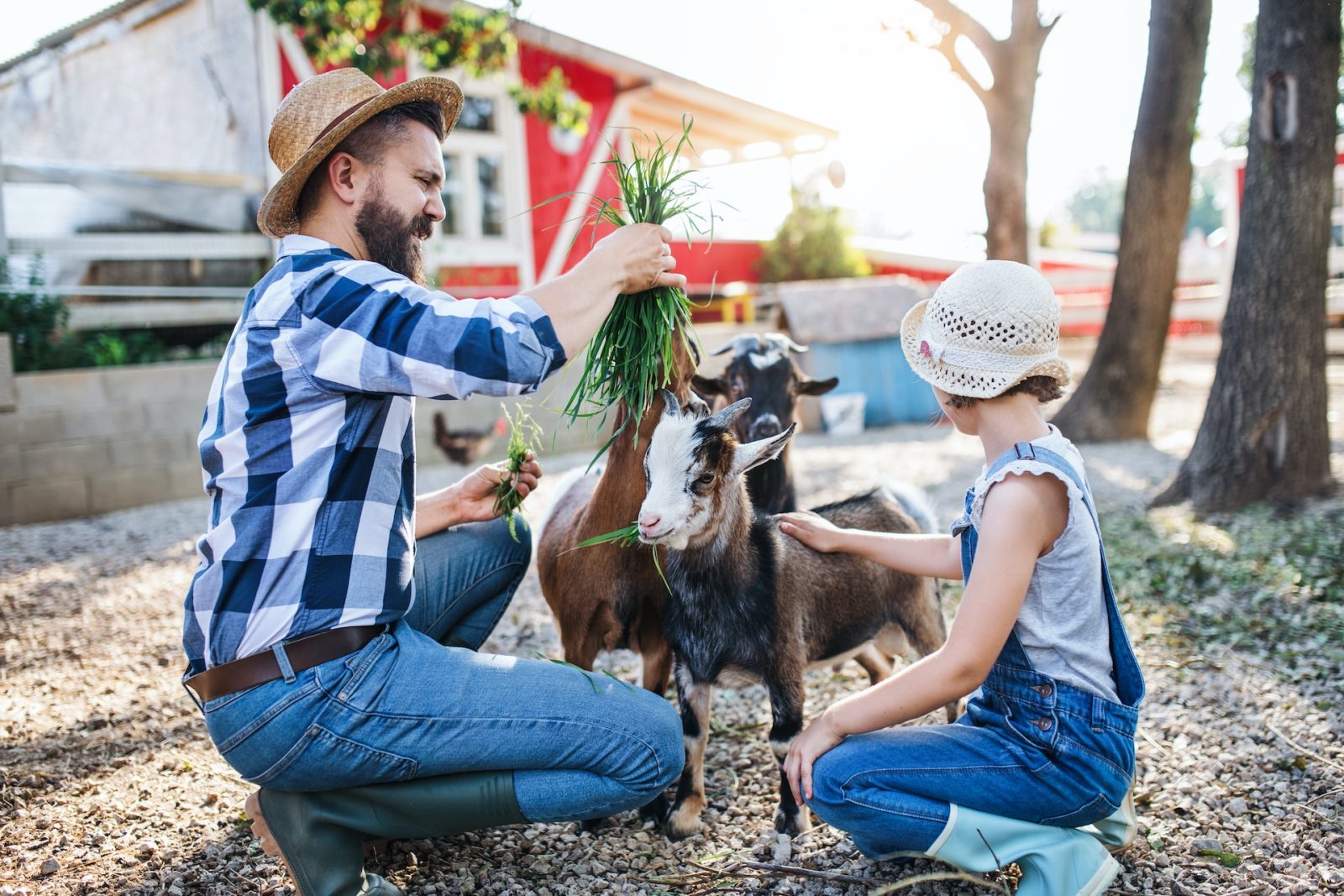 Participation in Goat Therapy
Participation in Goat Therapy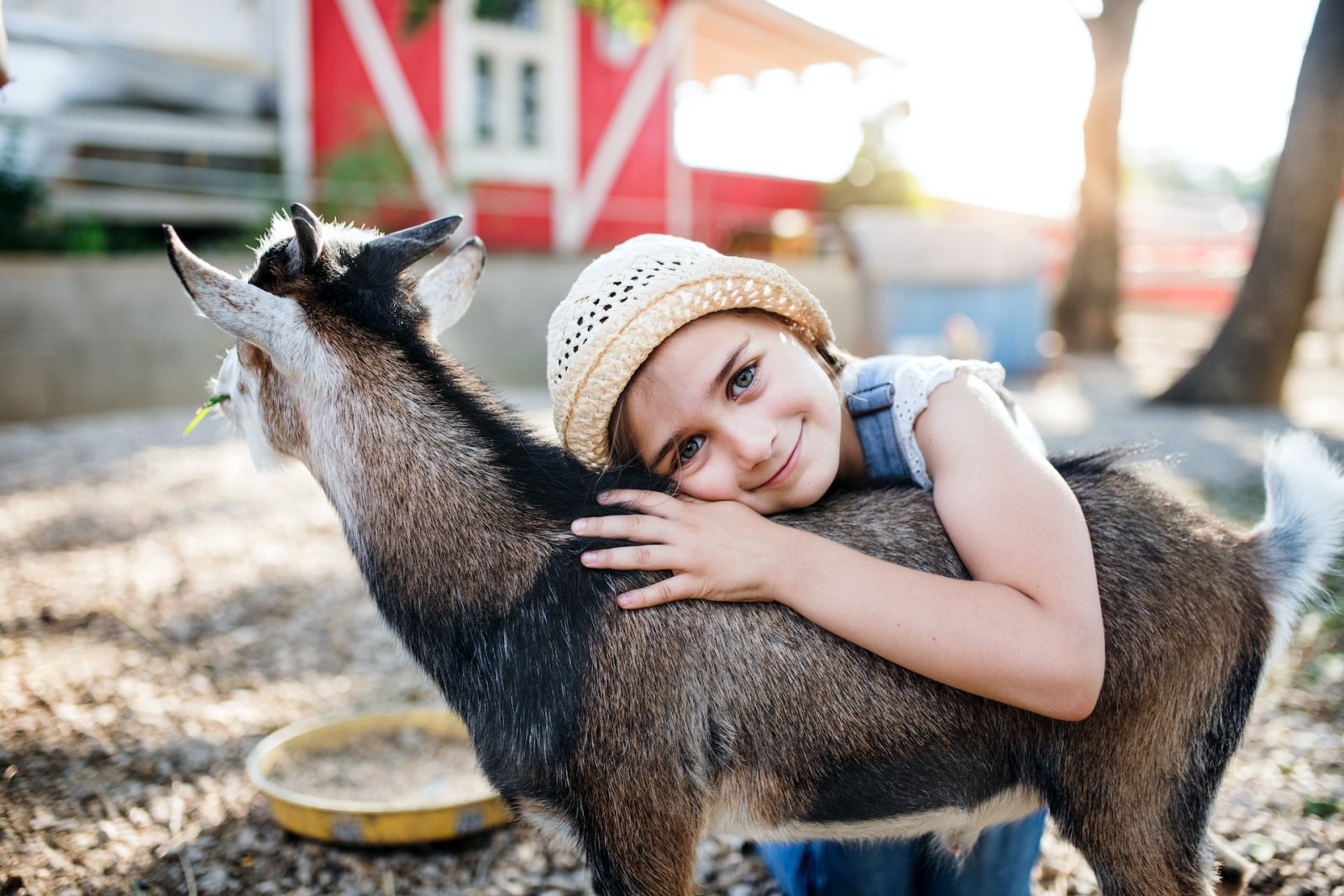 Goat Therapy and Special Needs
Goat Therapy and Special Needs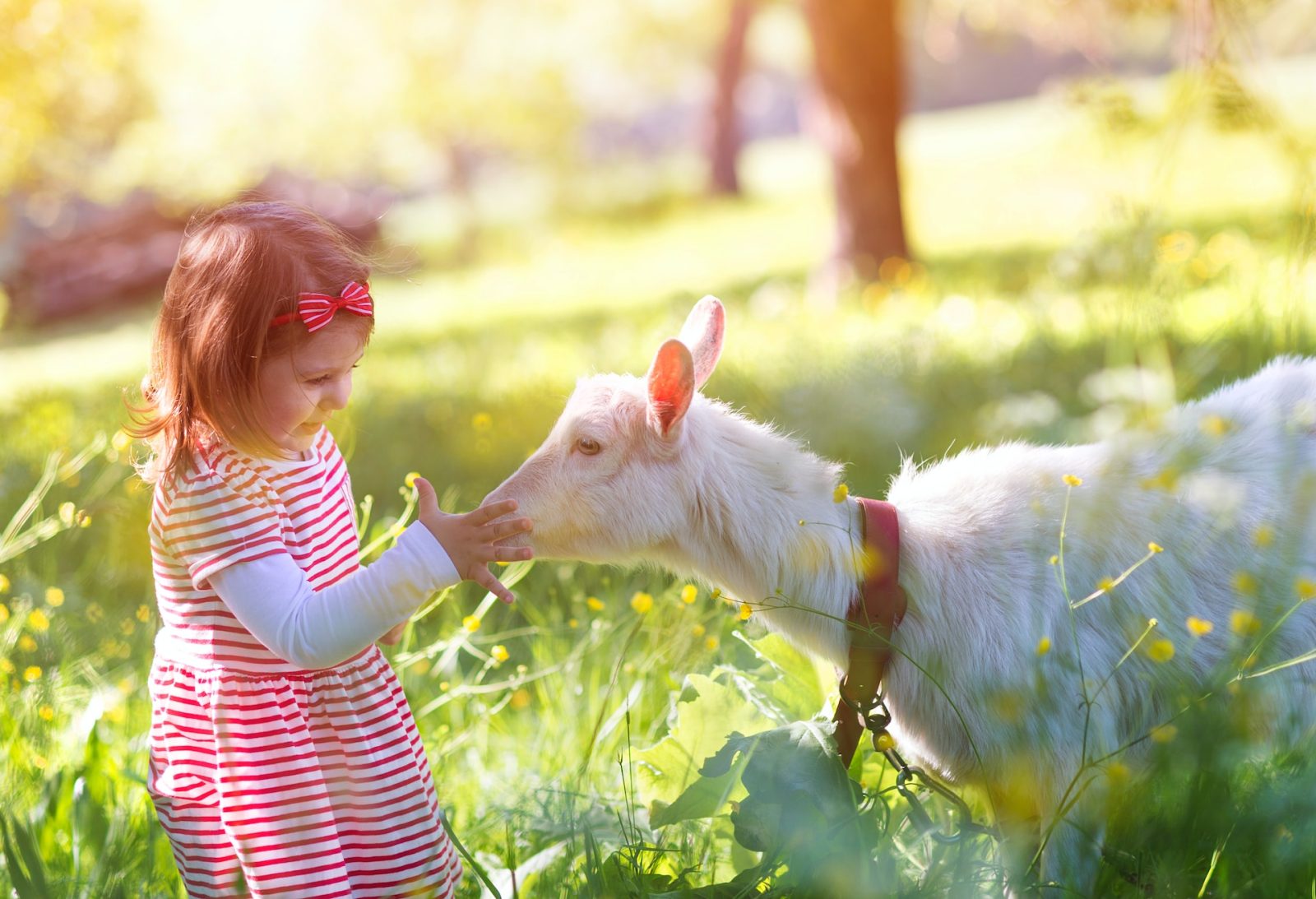 Using Goat Therapy for Different Age Groups
Using Goat Therapy for Different Age Groups
